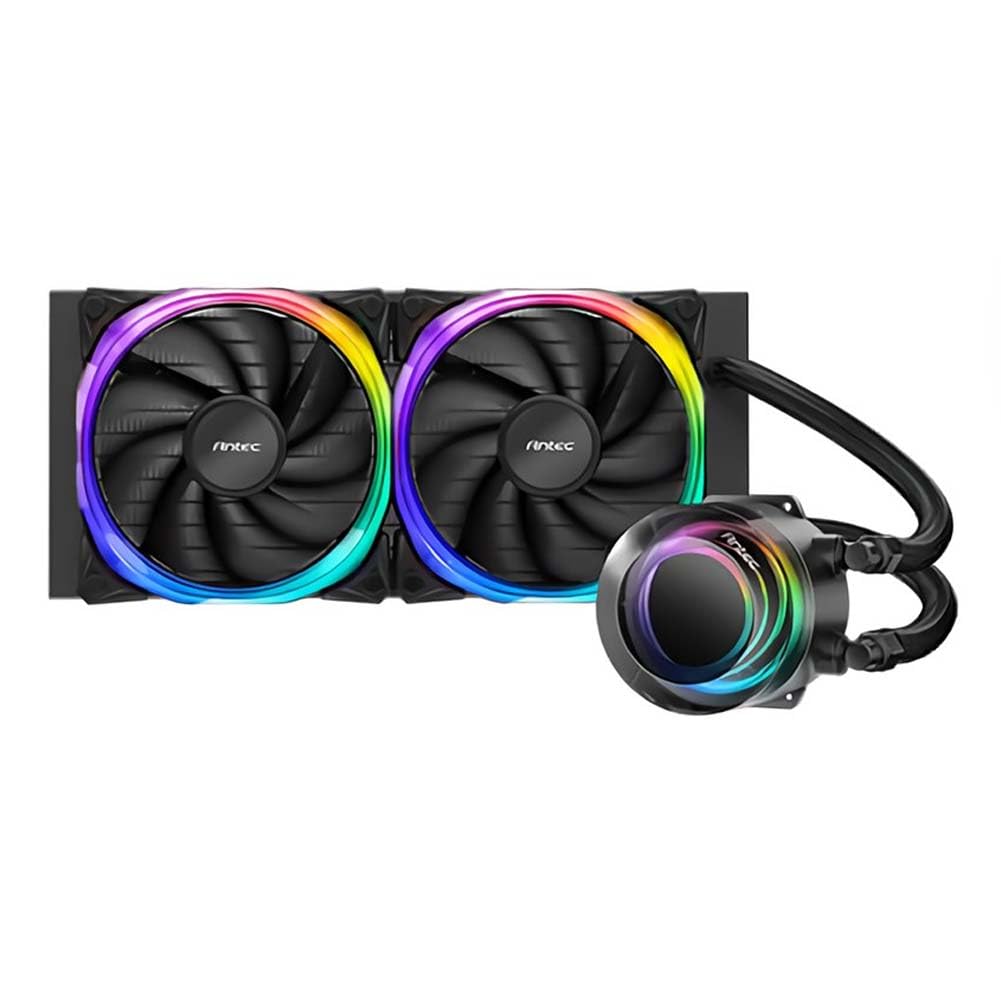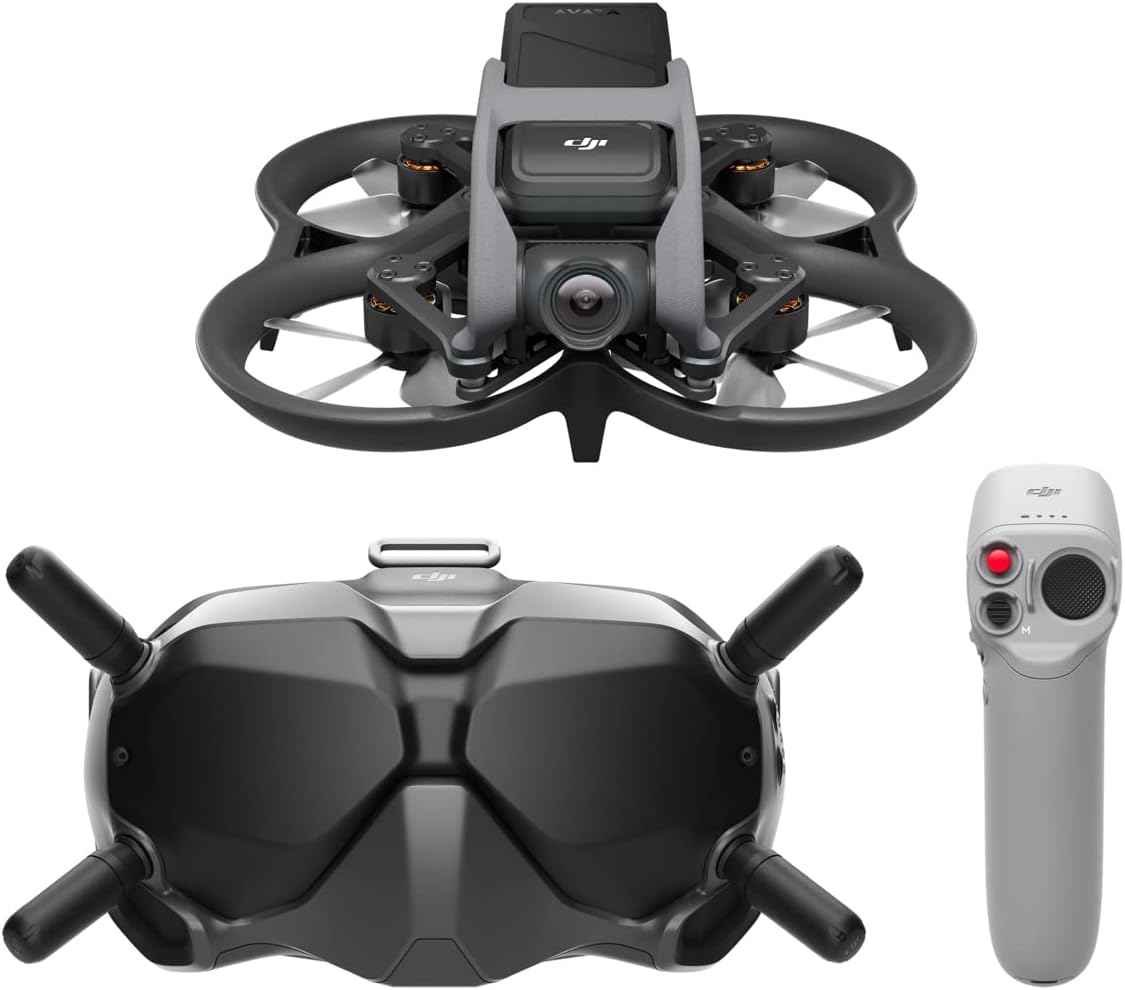Exciting Updates Unveiled for Wear OS Smartwatches: Google Maps Integration and More
In a move to elevate the user experience, Google has recently rolled out a series of exciting updates for Wear OS smartwatch enthusiasts, introducing innovative features that promise to redefine convenience and functionality.
Mapping the Future: Google Maps Integration for Seamless Navigation
One of the standout features in this update is the integration of public transit directions within Google Maps on Wear OS. Smartwatch users can now effortlessly access departure times for buses, trains, and ferries directly from their wrist. This enhancement not only provides a phone-free solution for navigating public transit routes but also offers compass-guided directions, ensuring users reach their destination with ease.
Digital Convenience at Your Fingertips: Wallet Passes Now Accessible on Wear OS
Adding to the allure, Wear OS users can now enjoy the convenience of accessing Wallet passes on their smartwatches. This functionality allows users to effortlessly store and retrieve various digital items such as boarding passes, gym memberships, event tickets, and loyalty cards directly from their wrists. A feature previously exclusive to Apple Watch, this addition marks a significant stride in enhancing the practicality of Wear OS.
Under-the-Hood Innovation: OnePlus Watch 2 Sets a New Standard for Battery Life
The recent unveiling of the OnePlus Watch 2 at MWC 2024 has brought attention to a groundbreaking under-the-hood notifications system that holds the potential to revolutionize battery life on future Wear OS watches. By offloading notification processing to the watch’s microcontroller unit (MCU) instead of the application processor (AP), this innovation aims to preserve battery life by allowing the AP to remain in a low-power state when notifications are being viewed or dismissed.
The OnePlus Watch 2, with its two chipsets running separate operating systems, claims an impressive 100-hour battery life—a notable leap ahead when compared to the industry’s current top-ranking smartwatches. This development not only sets a new benchmark but also hints at promising advancements in battery efficiency for Wear OS devices.
Challenges and Promises: The Road Ahead for Wear OS
Despite these positive strides, Wear OS faces challenges in terms of consistency and standardization across different smartwatch models. The disparity between Wear OS 4 and Wear OS 3.5 on various devices underscores the need for greater uniformity within the Wear OS ecosystem. Concerns have also arisen with recent market shifts, such as Fossil’s decision to exit the smartwatch market, raising questions about Wear OS’s ability to compete with industry leaders.
Nevertheless, the recent innovations and the introduction of new Wear OS-powered watches from companies like OnePlus and Xiaomi signal a renewed interest and investment in the platform. These developments provide a glimmer of hope for Wear OS, suggesting potential upgrades and improvements in 2024 and beyond. As the smartwatch landscape evolves, the adaptability and innovation of Wear OS will undoubtedly play a pivotal role in meeting the dynamic needs of consumers in the wearable technology market.




